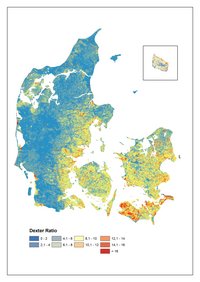Digital Soil Mapping Workshop 2016
A Working Group of the International Union of Soil Sciences (IUSS)
Digital Soil Mapping is the creation and the population of a geographically referenced soil database, generated at a given resolution by using field and laboratory observation methods coupled with environmental data through quantitative relationships.
International Union of Soil Sciences
The International Union of Soil Sciences (IUSS) is the global union of soil scientists. The objectives of the IUSS are to promote all branches of soil science, and to support all soil scientists across the world in the pursuit of their activities. This website provides information for IUSS members and those interested in soil science.
Soil is under pressure. The renewed recognition of the central role of soil resources as a basis for food security and their provision of key ecosystem services, including climate change adaptation and mitigation, has triggered numerous regional and international projects, initiatives and actions. Despite these numerous emergent activities, soil resources are still seen as a second-tier priority and no international governance body exists that advocates for and coordinates initiatives to ensure that knowledge and recognition of soils are appropriately represented in global change dialogues and decision making processes. At the same time, there is need for coordination and partnership to create a unified and recognized voice for soils and to avoid fragmentation of efforts and wastage of resources.
Pedometrics is a branch of soil science, and our Commission brings together soil and environmental scientists, who are primarily interested in the use of statistical and mathematical tools to analyze and interpret soil data.
European Soil Data Centre (ESDAC)
The European Soil Data Centre (ESDAC) is the thematic centre for soil related data in Europe. Its ambition is to be the single reference point for and to host all relevant soil data and information at European level. It contains a number of resources that are organized and presented in various ways: datasets, services/applications, maps, documents, events, projects and external links.
